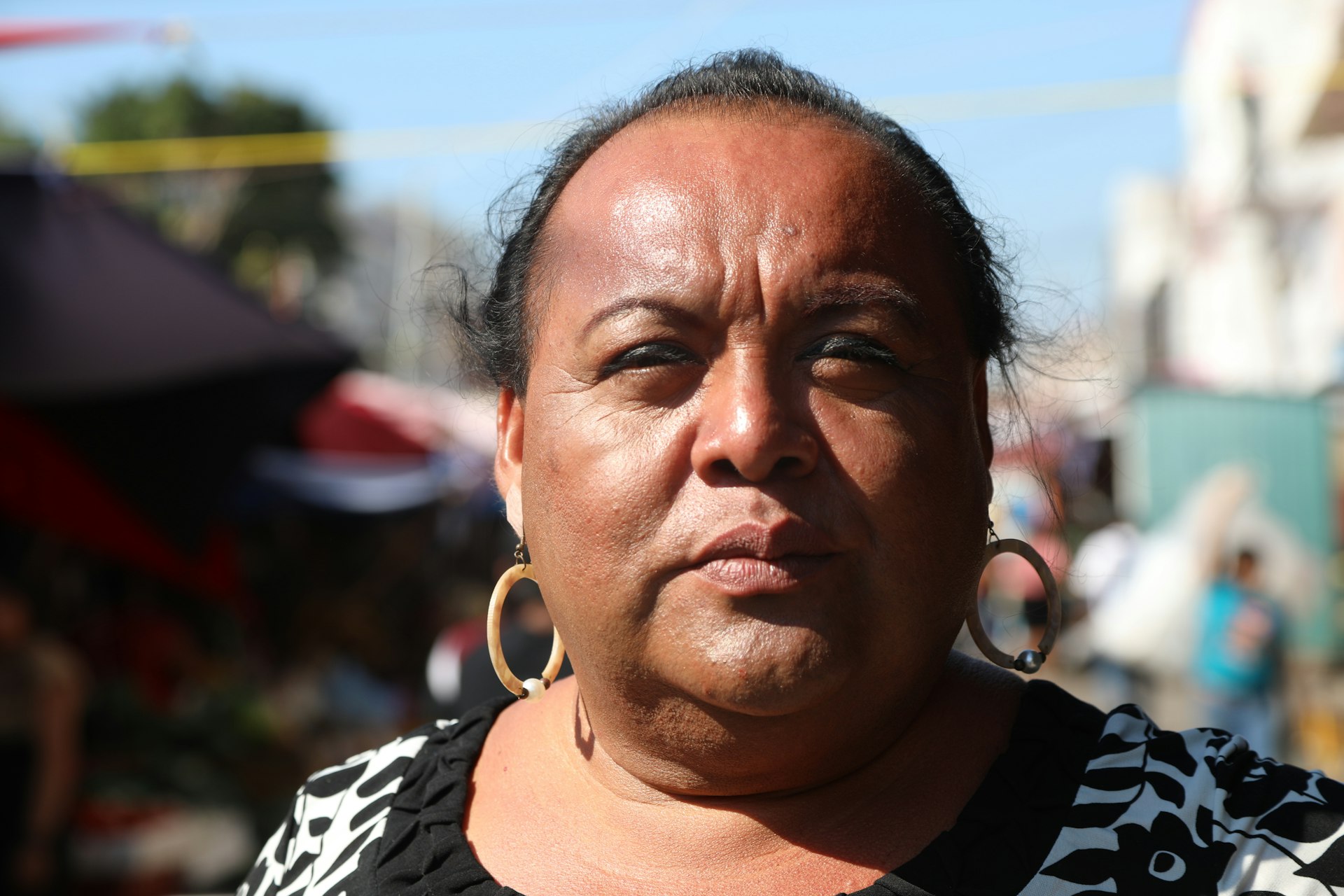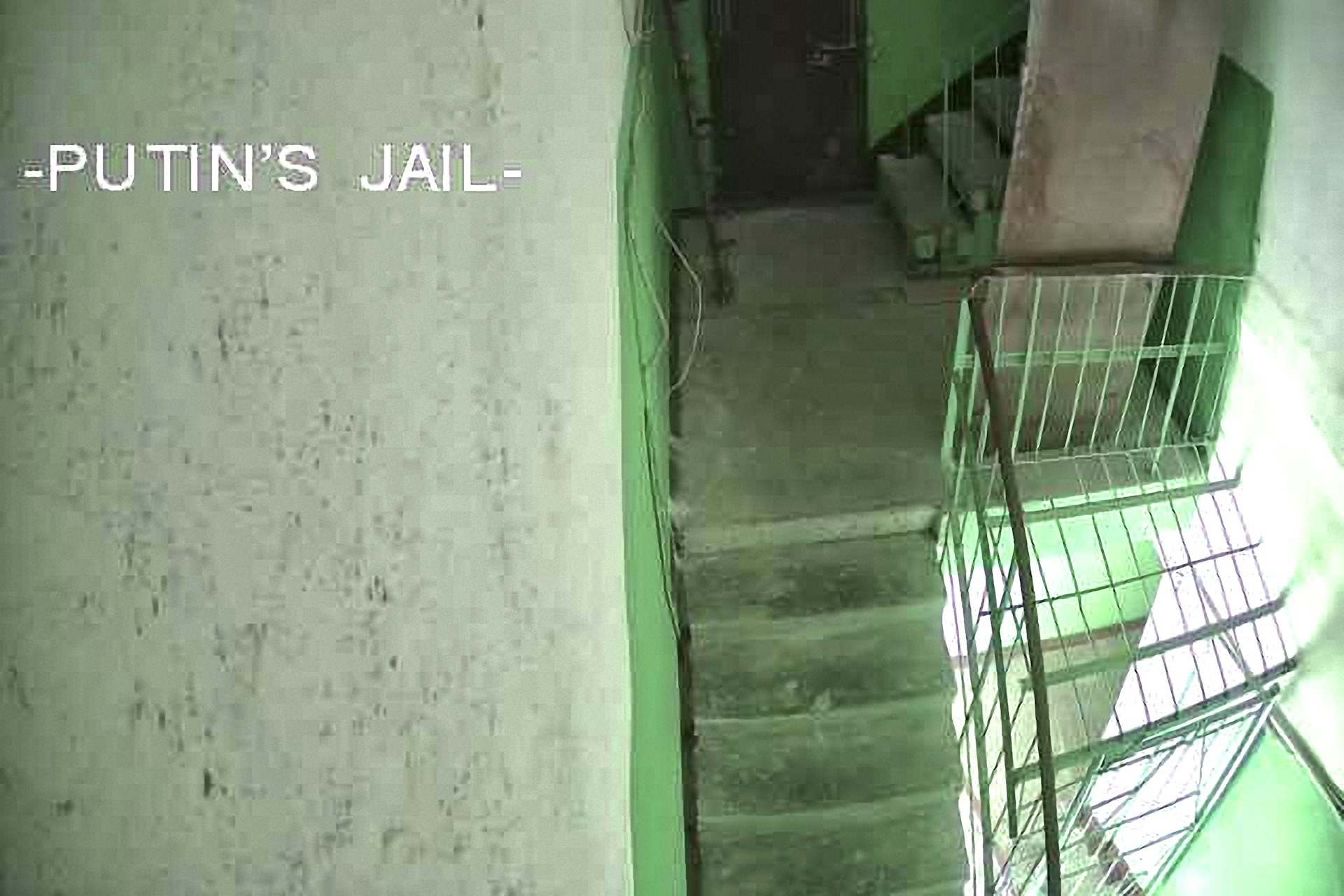What I’ve learnt about online dating and intimacy in 2018
- Text by Emily Reynolds
- Illustrations by Eve Izaak

I write a lot about the positive elements of technology; the way it connects us, how it sits inside our intimacies and how our intimacies sit inside it too. My emotional life – from my first crush to my first kiss to the first time I made myself come, my friendships and breakups and everything inbetween – has been irrevocably altered by the internet, sometimes for bad but more often for good.
This ubiquity, both in my own life and in culture at large, has recently been playing on my mind. I accept instinctively that the intimacies we cultivate online are real and sincere and true, that they mean something important and appreciable: it’s a fact that seems self-evident to me, that not only simply makes sense but that I have ample personal evidence for.
But I’ve come to realise that, for many of us, these relationships can also act as a shield. It’s something I’ve been doing all year, in one way or another: bruised from a long-term relationship ending and scarred by trauma elsewhere, my ability to be truly intimate with another person was hampered in the extreme. I was cut off from myself and therefore from everyone else too, so vulnerable that the mere idea of having someone truly see me as I am was horrifying, enough to induce a quick, keen sickness. It felt like looking over the edge of a very tall building, queasy with nausea but knowing the only way off was to jump.
It wasn’t just online – offline, as far from the internet as it’s really possible to be in 2018, I was also chasing connections with people who I knew I could never truly explore deep intimacy with; people in town for two weeks or a month, people just out of long relationships. I kept finding myself drawn to people who I could never connect with for longer than a moment – maybe because of geographic reasons, maybe logistical, more often than not emotional.
But online is where it really flourished. It was exactly the same process: the internet just made it easier. I could spend hours on Tinder, exchanging the same pleasantries and making the same jokes to a stream of people I knew in my heart I would never really meet and who wouldn’t be right for me if I did. I cultivated intense, romantic friendships with people in other countries, usually America but sometimes elsewhere. I’d matched with one man when he was on holiday in the UK, and though we’d never managed to meet up we kept talking for months when he went home, pointless daily missives that brought very little to my life except for momentary distraction.
It took me a while to realise what I was doing. Because these connections were so frequent, sometimes completely absorbing, I told myself that it was a coincidence I was connecting with so many people I knew I could never be with. A six month long emotional affair almost drained the last remaining life from me, but still I kept convincing myself that the reasons we weren’t together were purely logistical, that what we had would survive if we happened to be in the same place at the same time.
For a while, it worked. Many of these connections felt so much more real than my offline life that I didn’t stop to think that maybe they were preventing me from meeting someone for real. They were also accompanied, in some cases, with obsessive levels of communication: romantic, idealistic, completely unsustainable. And it was so convenient that I didn’t even need to leave my bed.
I still believe that you can be seen online, fully and uncomplicatedly seen; I still believe that we can have relationships that are every bit as thorny, real and intimate as any we have elsewhere. But we need to realise how easy is is to avoid real intimacy online, to prevaricate to the point of total isolation. It’s convenient, yes. But to connect with people the way that we want, sometimes we do have to leave the house, the room, or even the bed.
Follow Emily Reynolds on Twitter.
Enjoyed this article? Like Huck on Facebook or follow us on Twitter.
Latest on Huck

A timeless, dynamic view of the Highland Games
Long Walk Home — Robbie Lawrence travelled to the historic sporting events across Scotland and the USA, hoping to learn about cultural nationalism. He ended up capturing a wholesome, analogue experience rarely found in the modern age.
Written by: Isaac Muk

The rave salvaging toilets for London’s queers
Happy Endings — Public bathrooms have long been contested spaces for LGBTQ+ communities, and rising transphobia is seeing them come under scrutiny. With the infamous rave-in-a-bog at an east London institution, its party-goers are claiming them for their own.
Written by: Ben Smoke

Baghdad’s first skatepark set to open next week
Make Life Skate Life — Opening to the public on February 1, it will be located at the Ministry of Youth and Sports in the city centre and free-of-charge to use.
Written by: Isaac Muk

Nydia Blas explores Black power and pride via family portraits
Love, You Came from Greatness — For her first major monograph, the photographer and educator returned to her hometown of Ithaca, New York, to create a layered, intergenerational portrait of its African American families and community.
Written by: Miss Rosen

Meet the muxes of Juchitán, Mexico’s Indigenous third gender
Zapotec folk — Having existed since the pre-colonial era in southeast Oaxaca state, a global rise in LGBTQ+ hate is seeing an age-old culture face increasing scrutiny. Now, the community is organising in response, and looking for a space to call their own.
Written by: Peter Yeung

Russian hacktivists are using CCTV networks to protest Putin
Putin’s Jail — In Kurt Caviezel’s project using publicly accessible surveillance networks from around the world, he spotlights messages of resistance spread among the cameras of its biggest country.
Written by: Laura Witucka